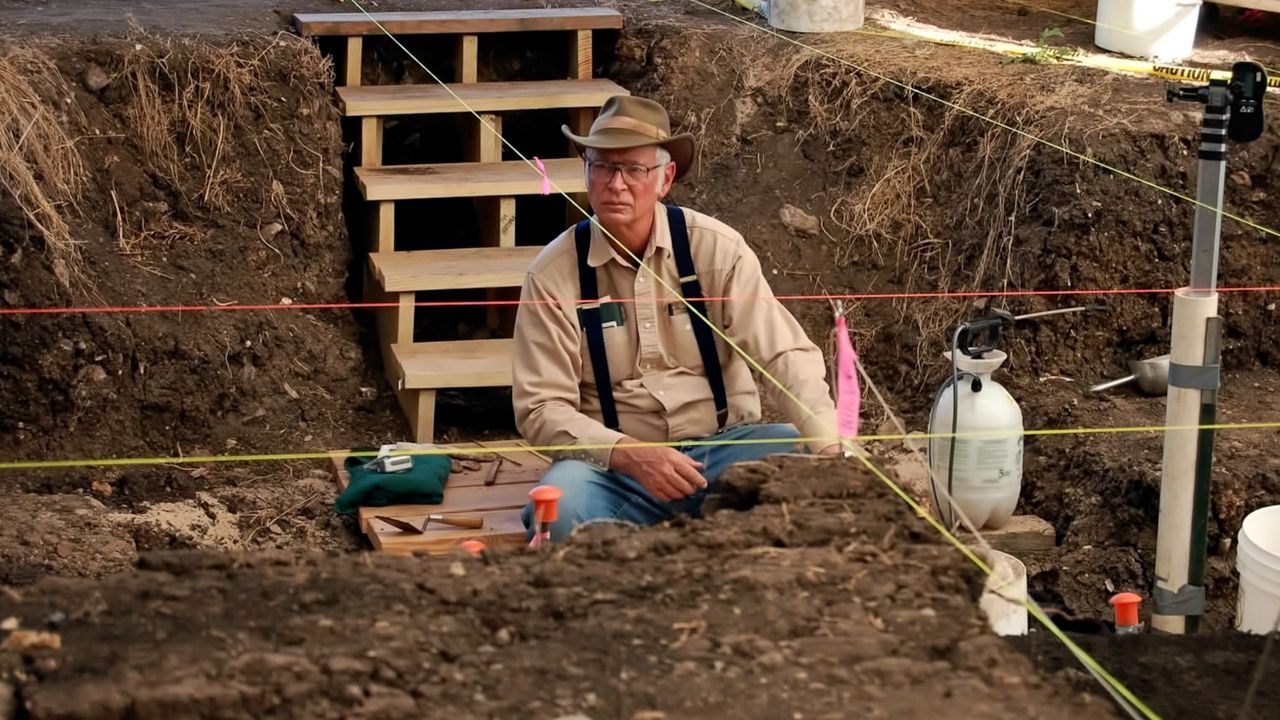SAN MARCOS, Texas — Researchers are trying to control the population of suckermouth armored catfish in the San Marcos River. They’re meant to eat algae in an aquarium, but their population has boomed in the river.
“We believe that this population was introduced in the ‘80s or ‘90s from the aquaria trade: someone throwing a live fish into the river,” said Josh Perkin, an assistant professor in the department of ecology and conservation biology at Texas A&M University. “And because the river has constant water temperature, very clear water with lots of algae for these fish to consume, they do well here, and they are now reproducing naturally–or ‘recruiting’ as we call it–within the river.”
Perkin doesn’t know exactly how many catfish are in the river, but after looking at some data, he guesses there are more than 20,000. Ten of those have transmitters inside them. On a recent trip out to the river, Perkin and Wesley Arend, an undergraduate research scholar, picked up the signals of eight of the fish using a hydrophone. The duo is trying to figure out where the fish spend their time, so spearfishing tournaments are more successful. That’s how their population is controlled.
“That pulls a lot of fish out of the river. It educates a lot of people,” said Melani Howard, the habitat conservation plan manager with Texas State University and the City of San Marcos. “That’s another forever project. We will always be trying to push that population down.”
The river can’t be emptied in order to fully remove the catfish because there are too many protected species, like the fountain darter and Texas Wild Rice. Controlling their population through spearfishing is the next best option, for several reasons.
“Suckermouth armored catfish will use the exact same space that the native species use, so there’s this idea of competition,” Perkin said. “But then there’s also this issue of indirect consumption of eggs of native species. So the fountain darter for example is a federally listed endangered fish species that lives in the river that leaves adhesive eggs on the bottom of the river, and there is potential for the suckermouth armored catfish to consume those when they’re scraping algae from the bottom.”
Have you ever seen these armored catfish in the San Marcos River? 🐟 They hang out around the Lions Club. They were introduced to the river by humans (aquarium dumping) and now researchers estimate there are thousands of them. Story soon on @SpectrumNews1TX. pic.twitter.com/GchpxG6pNY
— Charlotte Scott (@reportsbychar) April 28, 2022
The catfish also hang out near the river’s concrete walls, which makes erosion caused by flooding worse.
“We believe that these suckermouth armored catfish are burrowing into the banks and causing the collapse of the banks,” Perkin said.
Perkin already knows that these catfish don’t move long distances and are pretty sedentary. That’s good for population control: If spearfishers know where the fish are, they can kill them without a lot of effort to find them.
An underwater tool called a SUR, or submersible ultrasonic receiver, also helps Perkin collect data. It counts how many times the fish with transmitters swim by. A sizeable population hangs out near the Lions Club, a popular swimming spot for locals and college students. One machine got 19,074 hits, while the other one caught 180,179. This makes one thing clear to Perkin.
“They must just never leave,” he said. “They like this area.”
Perkin will use this data to understand the fishes’ movements and try to figure out the population size.











